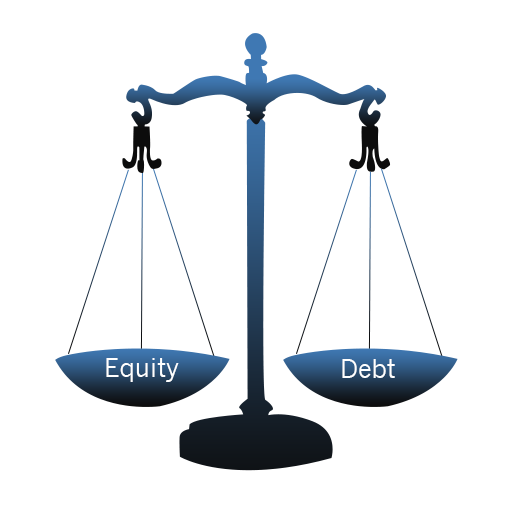Investors Need A Good WACC_1
Post on: 20 Июнь, 2015 No Comment

Whacked on W A C C (Wgt. Avg. Cost of Capital)
Whacked on WACC
A reader asked how Prof. Bruce Greenwald determined WACC.
You can use traditional finance techniques of applying Beta (see links below) but I prefer estimating what other investors would require to risk their equity capital in the particular business because you are forced to think about business, financial and management risks. Dont substitute models for your own thinking.
I will quote Prof. Greenwalds discussion of WACC in Value Investing , pages 95-98
After we have completed the first step in arriving at an EPV (earnings power value) which is to calculate distributable earnings (Think of after-tax owner earnings using true maintenance capex instead of depreciation) for the company. Now we need to determine the appropriate cost of capital to use in the equation of EPV = Adjusted earnings x 1/R, where R = WACC.
Professional finance calls f or a calculation of the weighted average cost of capital. known affectionately as the WACC .
There are three steps:
- Establish the appropriate ratio between debt and equity financing for this firm.
- Estimate the interest cost that the firm will have to pay on its debt, after taxes, by comparing it with the interest costs paid by similar firms.
- Estimate the cost of equity. The approved academic method for this take involves using something called the capital asset pricing model (see link below). in which the crucial variable is the volatility of the share price of the firm in question relative to the volatility of the stock market as a whole, as represented by the S&P 500. That measure is called beta. and as much as it is beloved by finance professors, it is viewed with skepticism by the value investors. (98) Value Investing (Greenwald).

CSInvesting: Why? Because price movement is not risk! Risk always has an adjective preceding it like business-risk, management-risk, financial risk, regulatory risk, etc.
An alternative approach is to begin with the definition of the cost of equity capital: what the firm must pay per dollar per year to induce equity investors voluntarily to provide funds. This definition makes determining the cost of equity equivalent to determining the cost of any other resource. The wage cost of labor, for example, is what employers must pay to attract that labor voluntarily. There is no need to be esoteric about how to calculate the cost of equity in practice. We could survey other fund raisers to learn what they feel they must pay to attract funds. Venture capitalist in the late 1990s told us that they believed they had to offer at least 18 percent to attract funding. Venture investments are clearly more risky than those in WD-40 (wdfc ) ; it is understandable that potential investors would demand higher returns. Alternatively, we could estimate the total returns—dividend plus projected capital gains—that investors expect to obtain from companies with characteristics similar to WD-40. This method, the details of which we avoid here, produces a cost of equity of around 10 percent. Because long-term equity yields are about 12 percent per year. and because WD has a much more stable earning history than the average equity investment, 10 percent meets the reasonability test.
I do not like the traditional financial approach that uses Beta or CAPM. Beta is misleading, See Beta vs Margin of Safety_Mauboussin and Beta and Risk .
I prefer the Greenwald approach because it forces you to think about the business and financial risk of the particular company. Also, the CAPM that uses the lower cost of debt financing would lead you to a lower WACC if you had 99.9999% debt financing and .0001 equity financing. Obviously the financial risk would rise dramatically for equity holders.
Glenn Greenberg of Brave Warrior Capital uses a 15% rate of return. If he can buy at a price which he feels will return 15% per year compounded, then he will buy. So let’s say the market reprices upward the business where the stock price infers an 8% return in the future because the stock price rose due to positive expectations, and then he might sell and redeploy his capitalno wonder he has averaged 18% returns. The market reprices his stocks before his estimated time- frame. The point is not to double discount. If you can buy a business at a price that implies your required return of 15 (in Glenn Greenberg’s case) then you would not try to wait for a 50% discount on top of that.
Joel Greenblatt in his special situation class in discussing American Express described WACC in terms of valuation this way: If I can buy Amex here at $45 I think it will be worth $60 in two years because pension funds will need to buy it to meet their 9% hurdle. I am paraphrasing and I may be misquoting, but that is one way he approached valuation. I guess that is where the art form comes in. How would he know pension funds would use 9%? Experience?
I always stress fundamentals. Try to sit down with a Value-Line and go back over companies’ 12-year history and see what the implied WACCs were on the businesses over time. After going through 2,000 companies month after month, you will have a good feel for when to use 8% vs. 12%. But wait for the obvious fat pitch. If the investment is too close to call at 9% or 10% then pass.
Compare to traditional finance:
Evaluating Debt and WACC Damoradan More than you would ever want to know!
Choose what works for you!














